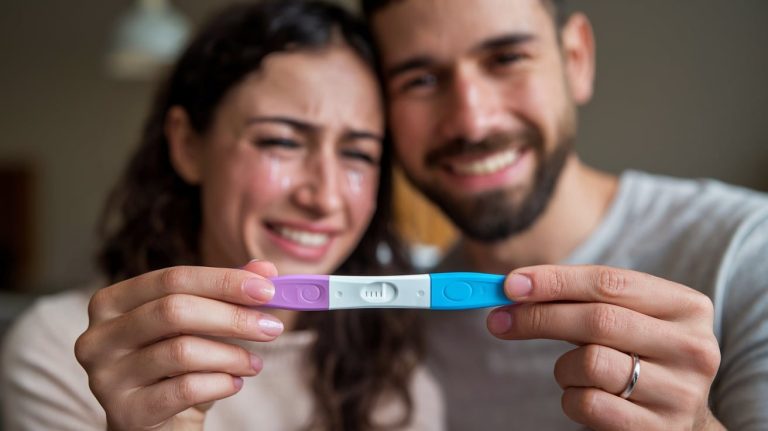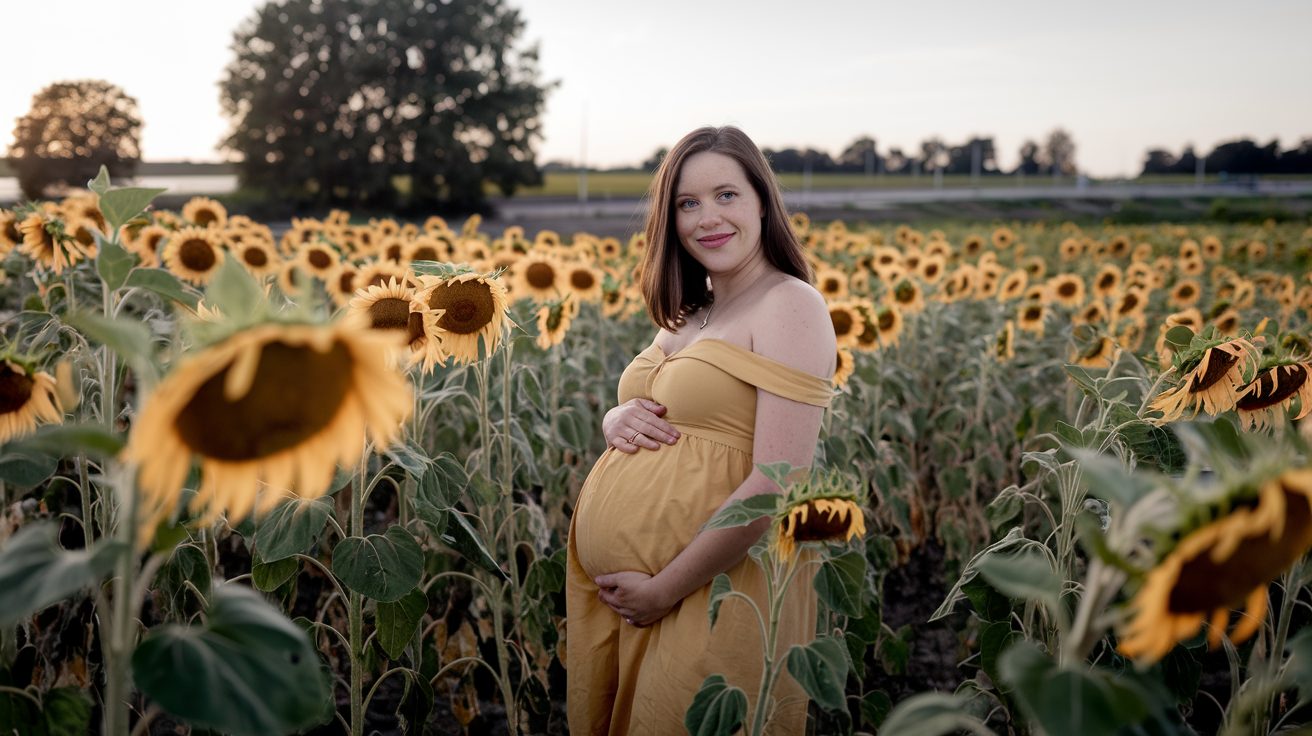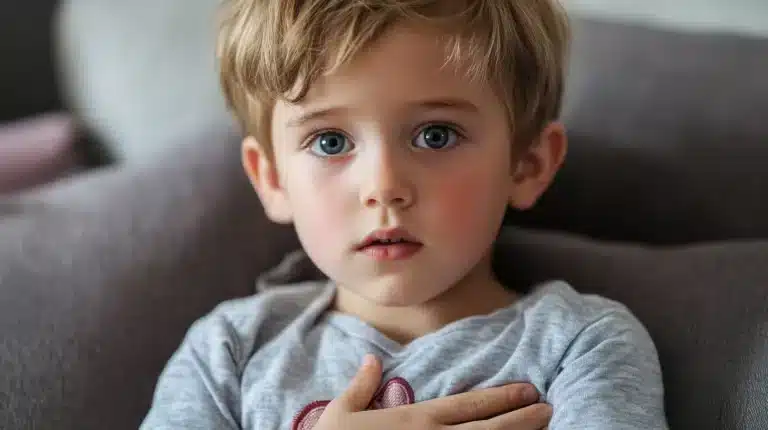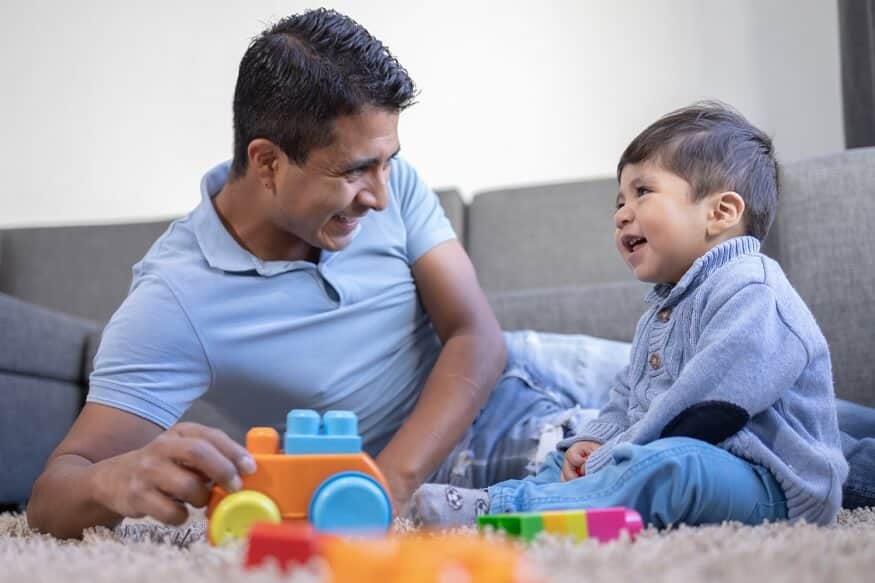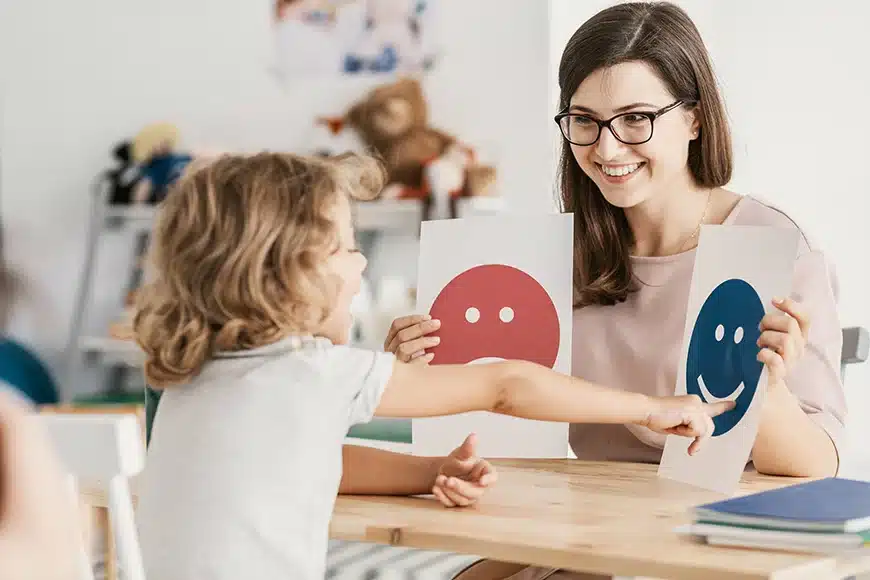Are you concerned about choosing the right bottle nipple size for your baby?
Many parents struggle with this decision, but understanding its importance is crucial for your little one’s feeding experience and growth.
Using the wrong nipple size can lead to a variety of issues, such as frustration during feeding, improper milk flow, and even feeding difficulties.
In this blog post, we will explore the significance of selecting the appropriate bottle nipple size based on your baby’s age.
We’ll learn how the right nipple size positively impacts your baby’s feeding experience, comfort, and overall development.
By the end of this article, you’ll have the knowledge needed to make informed choices about bottle nipple sizes at every stage of your baby’s growth.
Why Nipple Size Matters for a Baby’s Feeding?
1. Comfort
Choosing the correct nipple size is crucial for your baby’s comfort during feeding. A nipple that fits well allows your baby to latch properly, reducing the risk of choking, gagging, or discomfort.
If the nipple is too large, the flow may be too fast, overwhelming your baby. If it’s too small, they may struggle to get enough milk, leading to frustration.
The right size ensures a smooth and comfortable feeding experience for both you and your baby.
2. Pace of Feeding
The flow rate of a nipple directly impacts how quickly your baby feeds.
Nipple sizes are designed to match your baby’s age and feeding abilities. A slower flow is ideal for newborns, while older babies need a faster flow to keep up with their growing appetite.
Using the correct nipple size ensures your baby gets the right amount of milk at a pace that suits their needs, preventing overfeeding or underfeeding.
3. Development of Oral Skills
The right nipple size plays a key role in helping your baby develop essential oral skills.
As babies grow, they learn to coordinate sucking, swallowing, and breathing.
A nipple that matches their developmental stage encourages this coordination, promoting healthy feeding habits.
Over time, this helps strengthen their mouth muscles, which are important for future milestones like eating solid foods and speaking.
Know The Best Nipple Size for Your Baby by Age
Choosing the right bottle nipple size is crucial for your baby’s feeding comfort and development.
Nipple sizes are designed to match your baby’s age and feeding abilities, ensuring they get the right milk flow.
Here’s a breakdown of nipple sizes by age and when to transition:
| Nipple Size | Age Range | Flow Speed | Purpose |
|---|---|---|---|
| Newborn | 0-1 month | Slow | Mimics breast milk flow, perfect for newborns adjusting to bottle feeding. |
| Size 1 | 0-3 months | Medium-Slow | Slightly faster flow for babies ready to drink more efficiently. |
| Size 2 | 3-6 months | Medium | Faster flow for babies with stronger sucking abilities. |
| Size 3 | 6+ months | Fast | Quicker flow for older babies who need a faster feeding pace. |
Newborn Nipple Sizes
Newborn nipples are designed for the first few months of life.
They have a slow flow to mimic the natural pace of breast milk, helping newborns adjust to bottle feeding without overwhelming them.
When to Transition: Transition to the next size when you notice signs like increased feeding time, agitation, or frustration during feeds.
These indicate your baby is ready for a faster flow.
- Size 1 (0-3 Months): Size 1 nipples offer a slightly faster flow than newborn sizes. They are ideal for babies who have developed stronger sucking reflexes and can handle a more efficient feeding pace.
- Size 2 (3-6 Months): Size 2 nipples have a larger hole for a faster flow, making feeding easier for babies with stronger sucking abilities. This size supports their growing nutritional needs.
- Size 3 (6+ Months): Size 3 nipples are designed for older babies who need a quicker feeding pace. They help reduce feeding time while ensuring your baby gets enough milk as they grow.
By matching nipple sizes to your baby’s age and feeding cues, you can ensure a comfortable and efficient feeding experience.
How to Select the Right Nipple Size For Your Baby?
1. Monitor Growth and Development
As your baby grows, their feeding needs change. Regularly check for signs that it’s time to move to a larger nipple size, such as frustration during feeds, longer feeding times, or difficulty sucking.
These cues indicate your baby may need a faster flow to match their developing skills and appetite.
2. Consult Professionals
If you’re unsure about the right nipple size, seek advice from pediatricians or lactation consultants.
These experts can assess your baby’s feeding patterns and recommend the best nipple size to ensure comfort and proper nutrition.
3. Consider Popular Brands
Brands like Dr Brown, Avent, and Tommee Tippee offer nipple sizes designed for specific age groups. These options make it easier to find the right fit for your baby’s stage of development.
Always follow the manufacturer’s guidelines to ensure a safe and effective feeding experience.
How to Choose the Right Nipple Material?
When selecting a baby bottle, it’s important to consider the nipple material along with size. The two most common options are silicone and latex.
- Silicon Nipples: Silicone nipples are firm, durable, and easy to clean. They are also heat-resistant and can be sterilized without damage. Silicone is a good choice for babies with latex allergies.
- Latex Nipples: Latex nipples are softer and more flexible, which some babies may prefer. However, they are less durable and can develop cracks over time. Latex nipples also require more frequent replacement.
Ultimately, the right nipple material depends on your baby’s preference and any allergies they may have.
Experimenting with different materials can help you find the perfect fit for your little one, ensuring a comfortable and enjoyable feeding experience.
Conclusion
Selecting the correct bottle nipple sizes by age is essential for your baby’s comfort, health, and effective feeding.
As your little one grows, their feeding needs change, and using the appropriate nipple size helps prevent issues like choking or frustration.
Regularly observe your baby’s feeding habits and development, and adjust the nipple size accordingly.
By staying attentive to their needs, you can ensure a smooth and enjoyable feeding experience while supporting their growth.
Frequently Asked Questions
Why Is It Important to Choose the Right Bottle Nipple Size for My Baby?
Selecting the appropriate bottle nipple size for your baby’s age ensures they can feed comfortably and efficiently, without getting frustrated or taking in too much air.
How Do I Know When To Switch to A Faster-Flow Nipple?
Signs that your baby may be ready for a faster flow nipple include taking longer to finish a bottle, sucking harder, or becoming fussy during feedings.
Can Using a Nipple Flow That’s Too Fast Cause Problems for My Baby?
Yes, using a nipple flow that’s too fast can cause your baby to gag, choke, or spit up more often. It may also lead to overfeeding and discomfort.
Is It Okay to Switch Between Different Bottle Nipple Sizes?
It’s generally okay to switch between nipple sizes as long as you’re following your baby’s cues and ensuring they’re comfortable during feedings.












